Democratic Republic Of Congo
In a Goma factory floor, east of DRC, students are busy on their working stations. They are in the 6th year of mechanic studies at the Institute of technology and industry. They have built a vehicle with waste material after two years of work. This achievement has been a source of pride for the group and their teacher and today, the training continues.
"Each time we repair a car engine, Crispin Muyalalo a teacher, explains, if it is a diesel car we always check whether the injection pump is working and ensure that it delivers a consistent flow according to the data of the settings."
The students aged between 15 and 20 have used all the technical skills they acquired to build Max Mad. It is the name they chose for the car shaped like the safari model of a the British car manufacturer Land rover.
In order to make their dream a reality, the group of 12 young students had to overcome material and financial hardships. Their efforts paid off and the impact has exceeded their expectations.
"When are project was completed we saw the joy of the inhabitants of the city and suddenly everyone was interested in our project, Samuel Ntamwenge recalls. They promoted it on social media which proves their intention, but we need funding. They may have intention but without funding it remains insufficient. As time passes, we are sure investors will come."
This vehicle was built using scrap metal and works with a diesel engine. A canister set up in the back serves as fuel tank. Mad Max uses a 1l of oil for 7km which enables the car fuel consumption to meet international standards.
"Since we used some discarded elements, we cannot give in detail the sum of money we invested in this project but it cost us around 2500 $, teacher, Crispin Muyalalo shares. Thanks to the car we built, we would for the world and the Democratic Republic of Congo to know that there are talents in the DRC and that the young people that we supervise are able to make great things. They started discarded elements and were able to turn them into something visible."
To develop other samples of these prototype, the students hope for the Congolese government and other benefactors to help them reach the next step.




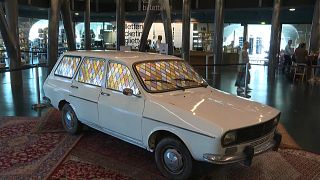
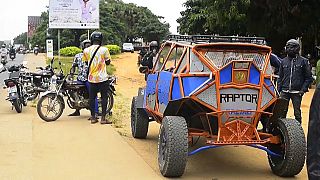
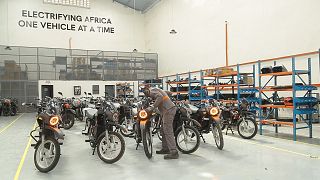
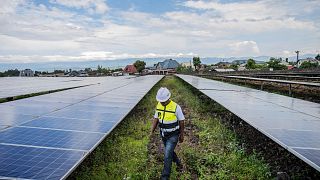
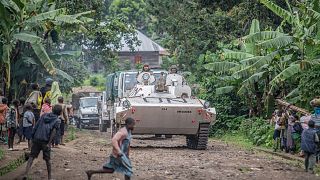
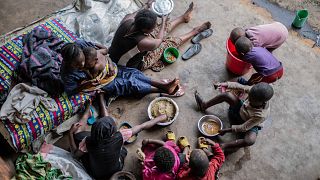


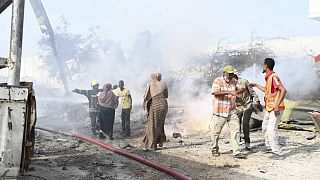
01:30
Uncertainty looms over Nissan South Africa as global restructuring continues
01:51
WEF's Summer Davos focuses on entrepreneurship and innovation
00:08
Vatican beatifies Congolese customs worker killed in 2007 for refusing bribe
02:20
VivaTech 2025: Africa takes center stage with bold AI ambitions
01:49
UN warns of impact Sudan's humanitarian crisis is having on Chad
01:24
DRC and Liberia elected to serve 2-year term on UN Security Council